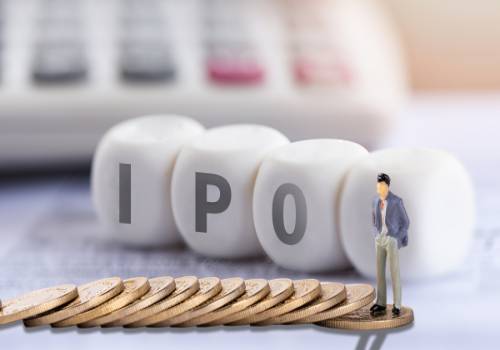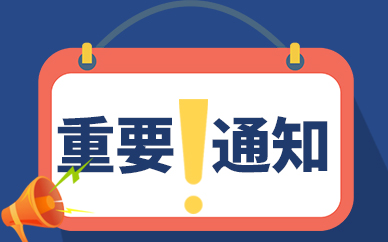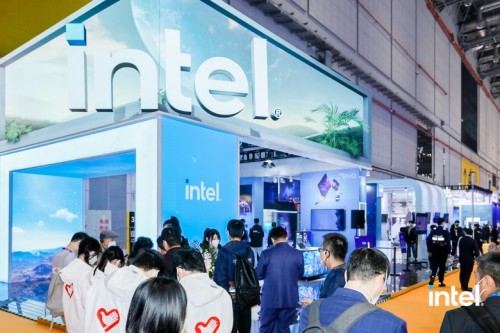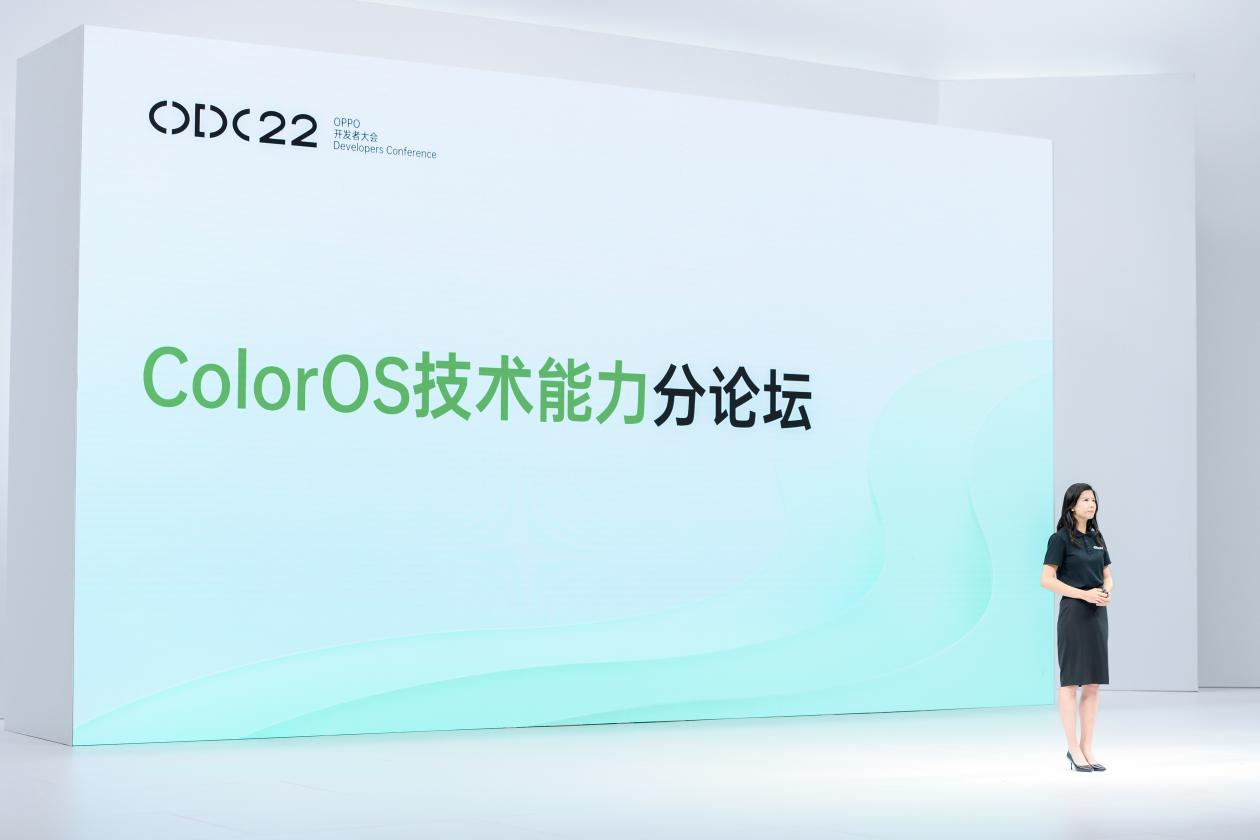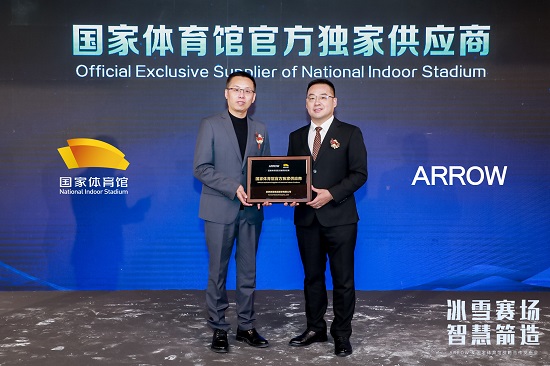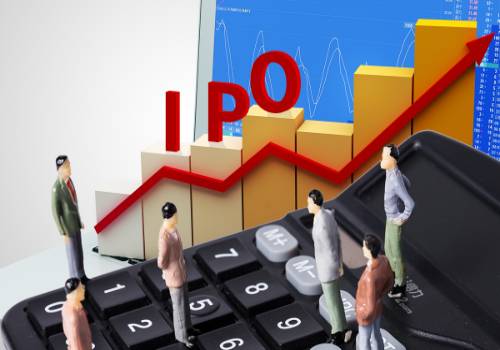Credit: Shutterstock US
By Lin Zhijia and Shaw Wan
 (资料图片仅供参考)
(资料图片仅供参考)
BEIJING, July 28 (TiPOST) — InSilico Medicine Cayman TopCo, a generative AI-driven biotech company, filed for an initial public offering (IPO with the Stock Exchange of Hong Kong in June, making it the first of its kind in the Asian-Pacific region that initiated the process of going public.
Although the company didn’t disclose details of its IPO in the filings, it named Morgan Stanley and China International Capital Corporation (CICC) as the sponsors, while BNP Paribas joined as a global coordinator. The capital raised will be used to fund research and development (R&D) of the firm’s core product, other pipeline drug candidates , the robotics lab as well as new generative AI models and the associated validation work.
Many other pre-commercial AI firms also tapped into the Hong Kong bourse. In the first half of 2023, more than 38 digitalization-related companies had set their sights on an IPO in Hong Kong, accounting for about 40 percent of the securities on the waitlist.
These firm were trying to seize the window of opportunity provided by the newly added Chapter 18C, a listing rule that is intended to facilitate fundraising for pre-revenue and pre-profit technology firms in Hong Kong. Although they have raised millions of dollars during several rounds of fundraising, they are faced with challenges brought by low profitability and enduring losses over an extended period. For example, the loss of InSilico Medicine in 2022 reached 221 million dollars, with an adjusted loss of 68 million dollars, while its revenue was 30 million dollars.
A flawed business modelThe Hong Kong-based InSilico Medicine was founded in 2014 by Alex Zhavoronkov, an expert in biotechnology and biophysics. The company uses AI for drug discovery. With the self-developed platform Pharma.AI, it strives to accelerate drug discovery and development in the following three areas: disease target identification, generation of novel molecules data and predicting clinical trial outcomes.
In 2021, the firm completed the entire process from conception to preclinical candidate compound discovery within 18 months with Pharma.AI. It also discovered new targets for pan-fibrosis, and designed a preclinical candidate drug for the treatment of idiopathic pulmonary fibrosis (IPF) based on such finding. The candidate drug has been proven efficient in preclinical in vivo and in vitro experiments, with a cost lower than the investment into conventional drug discovery.
“There are three commercialization models for AI medicine companies: AI-based drug discovery and development (AIDD) pipelines, material collaboration and licensing arrangements,” Zhavoronkov said .
For InSilico Medicine, its pipeline includes one clinical-stage asset in Phase II studies, two clinical-stage assets in Phase I studies, 10 preclinical assets and multiple early discovery stage assets as of the Latest Practicable Date. The company’s core product was ISM001-055, a small-molecule drug candidate primarily designed to treat fibrosis-related indications by inhibiting TNIK, a novel anti-fibrotic target identified by Pharma.AI. The Phase IIa clinical trial of this drug was initiated in China in April.
As for material collaboration, the firm established a partnership with Fosun Pharma, a Chinese pharmaceutical company, to work on drug discovery and development programs together in 2021. It entered into a Collaboration and License Agreement with Genzyme Corporation, a wholly owned subsidiary of the multinational pharmaceutical and healthcare company Sanofi, one year later.
Since 2018, InSilico Medicine has raised 407.5 million dollars in seven rounds of financing from the likes of leading Chinese healthcare-focused investment institutions, such as Sequoia China, Qiming Venture Partners, Lilly Asia Ventures, WuXi AppTec, Sinovation Ventures, Baidu Ventures, Hillhouse, Warburg Pincus and Fosun Pharma. Its value rose from 54.4 million dollars to 895 million dollars, up by nearly 16 times.
However, the company has been suffering from huge losses. In 2021 and 2022, its revenue reached 4.7 million dollars and 30.1 million dollalrs respectively, marking a significant increase of 539.6 percent. The company"s total losses and comprehensive expenses added up to 131 million dollars in 2021 and 221 million dollars in 2022. And the adjusted losses were 42.9 million dollars in 2021 and 67.6 million dollars in 2022. The total loss and comprehensive expenses in the past two years totaled 352 million dollars (2.5 billion yuan), and the adjusted loss totaled 110 million dollars (780 million yuan).
Due to the differencesthe accounting methods of the A share company and the Hong Kong-listed company, the numbers could look bigger. For example, including the cost of equity incentive plans would result in significant drop in the numbers.
More importantly, the company relies on collaboration of drug R&D and providing software solutions for profits, when most other biotech firms also capitalize on mass production and sales of self-developed drugs. Insilico Medicine follows the path of the Nasdaq-listed drug discovery firms like Schrödinger (NASDAQ: SDGR) and Exscientia (NASDAQ: EXAI), whose software solutions services enjoy high gross margins. The reason why Insilico Medicine failed to achieve success was that it depends excessively on collaboration with its partners, while Schrödinger profits more from software licensing and Exscientia from experimental cooperation and gene sequencing business.
With such high dependence, slow growth of revenue from software solutions, zero sales from new drugs and high R&D costs, capital losses became inevitable.
High customer concentrationLike InSilico Medicine, Black Sesame Technologies, a leading automotive-grade computing Security Operations Center (SoC) and SoC-based intelligent vehicle solution provider, is also in the red.
Founded in July 2016, the company offers automotive-grade products and technologies to empower intelligent cars with capabilities like autonomous driving, smart cockpit, advanced imaging and interconnection. It is prioritizing the development and commercialization of automotive autonomous driving chips from level 2 to level 3, by launching the Huashan series chips and the smart car cross-domain computing platform C1200.
According to data from analytics firm Frost & Sullivan, Black Sesame is the third largest supplier in the world, in terms of the shipments of automotive-grade high-computing SoCs in 2022. With a global market share of 4.8 percent and a Chinese market share of 5.2 percent, the company is second only to chip giants Nvidia and Horizon.
However, its net loss in 2020 reached 760 million yuan. That number grew by over three times to 2.4 billion yuan in 2021 and 2.8 billion yuan in 2022. Its revenue was 53 million yuan in 2020, 60.5 million yuan in 2021, and 165 million yuan in 2022, leaving a huge gap.
The company’s major profitable businesses include autonomous driving products and solutions, as well as intelligent imaging solutions. As of 2022, the number of its clients grew to 89, up by 170 percent from 2020.
High dependence on a small number of high-value customers remained over the years, as 88.5 percent, 77.7 percent and 75.4 percent of the revenue in 2020, 2021 and 2022, respectively, was generated by the five largest customers, according to the company’s application proof to the Stock Exchange of Hong Kong Limited. The top customer alone took up 43.5 percent of the revenue in 2022. “If we lose one or more than one major customer, or the sales decrease significantly, our businesses, operating performance and financial condition will be largely impacted,” the company once said.
Unisound AI Technology, a Beijing-based speech recognition and language processing technology developer, is faced with similar challenges. Major changes can be found among its top five customers. High customer concentration, unstable customer groups, and the long collection cycle are dragging the firm down. In the past three years, the cash flow has been negative, which was -166 million yuan last year. As of the end of last year, the company"s cash and equivalents were only 74 million yuan. It was by April that it turned positive to 193 million yuan with the partial recovery of receivables.
“We expect to incur substantial costs and expenses as a result of being a public company. If we are unable to generate adequate revenues and manage our expenses, we may continue to incur significant losses and may not be able to achieve or subsequently maintain profitability,” said the company in its IPO application.
Substantial R&D costsA third factor adding to the deficits of the AI startups is the big bucks spent on R&D.
From 2020 to 2022, the annual R&D expenses of Black Sesame amounted to 255 million yuan, 595 million yuan and 764 million yuan respectively. The total cost of R&D in the three years reached 1.6 billion yuan, 5.7 times of its revenue. Along with tapeouts and sales expenses, it will cause the company"s financial losses.
For Unisound, its R&D expenditure was189 million yuan, 188 million yuan and 287 million yuan respectively from 2020 to 2022, accounting for 72.6 percent, 41.3 percent and 47.8 percent of the total revenue during the same period.
With such input, the company launched its own large language model, the Shanhai Large Model, with 60 billion parameters. “Shanhai’s goal is to match the general capabilities of ChatGPT 3.5 in 2023. It is expected to surpass ChatGPT 4 in multiple fields, such as medical care, IoT and education,” said Huang Wei, the founder of the company.
How to lower the R&D expenses and increase profitability stands in the way of the AI companies’ long-term success.
Wang Bing, the partner of Oriental Fortune Capital, believes that China"s environment in the field of software and algorithms is very different from that of the United States. “First and foremost, the Chinese start-ups should find their niches. Big companies gain the upper hand by adopting almost every successful practice of others, regardless of their sales models. That’s why small firms have to spot business opportunities that the industry giants can’t take themselves or show no interest in,” Wang said.
As for where to look for profits, Wang Xuhui, the general manager of HHCF Investment, thinks high of artificial intelligence-generated content (AIGC) or generative AI. “It still has room for growth. And there will be a broad market for it,” Wang said.
关键词:






